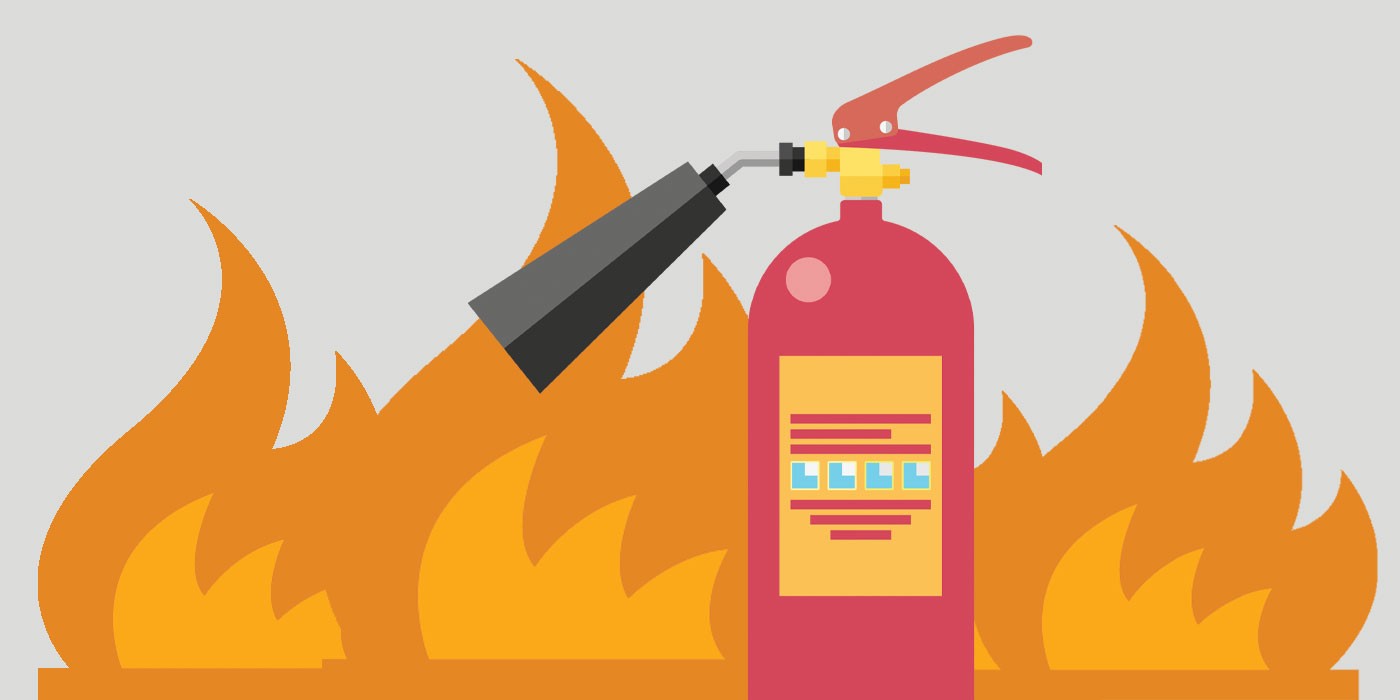Fire protection is a necessity for any Sydney company. It’s not just legally required, but it’s also a way to keep your employees, customers and assets secure. Many of the hazards that could arise from a fire can be prevented or minimized by taking the appropriate precautions. The combination of inspections of fires, electrical systems testing and tagging as well as the compliance with CFSP rules all contribute to the safety of workers and assure that companies are in compliance with the Building Code of Australia and local council standards.

The importance of fire inspections to ensure safety
Fire inspections are the first line of defense against potential risks. Inspections ensure that each part of a building’s protection system is functioning and current. Most businesses are located in Sydney are required to perform inspections at least six times a year, depending on their building type and the council regulations. Inspections may cover everything from sprinkler and fire alarm systems to smoke detectors and hydrants to extinguishers.
The ability to recognize hidden issues and fix the problem before they pose a risk is what makes inspections so crucial. While it might not be important to you, but even a tiny issue with a fire hydrant or smoke alarms that are blocked can result in death in an emergency. Regular inspections for fires are a proactive approach for business owners to not only fulfill the requirements of their compliance as well as protect themselves from unforeseen disasters.
Testing and Tagging Testing and Tagging: Addressing Hidden Electrical Security
Electrical systems are a leading source of workplace fires. This is why testing and labeling is an essential an integral part of every fire safety program. The process includes checking electrical equipment for functionality, safety and compliance, after which placing a tag on the item to signify that the product was inspected. This is not just an obligation for all companies. It is also a method of safeguarding from hidden risks.
The old wiring, malfunctioning appliances or cables that are worn out can easily become fire hazards If not properly checked. Businesses can reduce the risk of fires by regularly testing and marking electrical equipment. The employees are also assured that the working environment is safe. This builds a sense of trust and security in the work place. Combined with fire inspections and testing, this comprehensive safety program reduces the risk from multiple angles.
The importance of CFSP to ensure compliance and Certification
In New South Wales only a Competent Fire Safety Practitioner (CFSP) can be accredit or sign vital documents regarding fire safety, like the Annual Fire Safety Declarations. The CFSP accreditation ensures that only professionals with the appropriate qualifications can examine and validate fire safety measures. If business owners are working with the CFSP, inspections and reports will no longer be just a routine item of paper, but rather an authentic evaluation conducted by professionals.
The role of the CFSP goes beyond the simple task of checking boxes. These experts provide thorough reports and confirm compliance to laws. Businesses without CFSP certification face the threat of fines, legal complications and even closing if their fire safety measures are deemed insufficient. Working with certified professionals will ensure that fire safety systems are being maintained correct and that compliance requirements are fulfilled without stress.
Fire Safety as an ongoing Engagement
Each business owner is responsible for ensuring that they have a responsibility to ensure that fire safety is an absolute priority. The process of ensuring safety is never ending with regular inspections, examining electrical systems continuously, and certification under CFSP supervision. Beyond ensuring compliance with the law, this approach promotes an environment of safety in the workplace. Employees can rest assured that evacuation plans have been formulated and smoke detectors are functioning as well as emergency lighting has been tested and the fire suppression system is in place to use.
Treating fire safety as a continuous process rather than a yearly checkbox not only reduces risks but also strengthens a business’s reputation. Customers and clients are more confident in a space which is highly rated for safety. In the long run investing in proactive fire protection saves costs by avoiding costly damages as well as fines and legal battles, while also protecting the lives of every person who enters the premises.
Conclusion
Sydney fire safety needs a multilayered approach, which includes fire inspections, testing, tagging and certification by a CFSP. Each of these components play a crucial role in helping businesses comply with laws, but most importantly in securing the lives of people and property. Safety is an integral aspect of the business process and is not a secondary consideration. Businesses can meet their legal obligations and build a more durable and safer atmosphere in the near future if security is an integral part of their daily activities.

